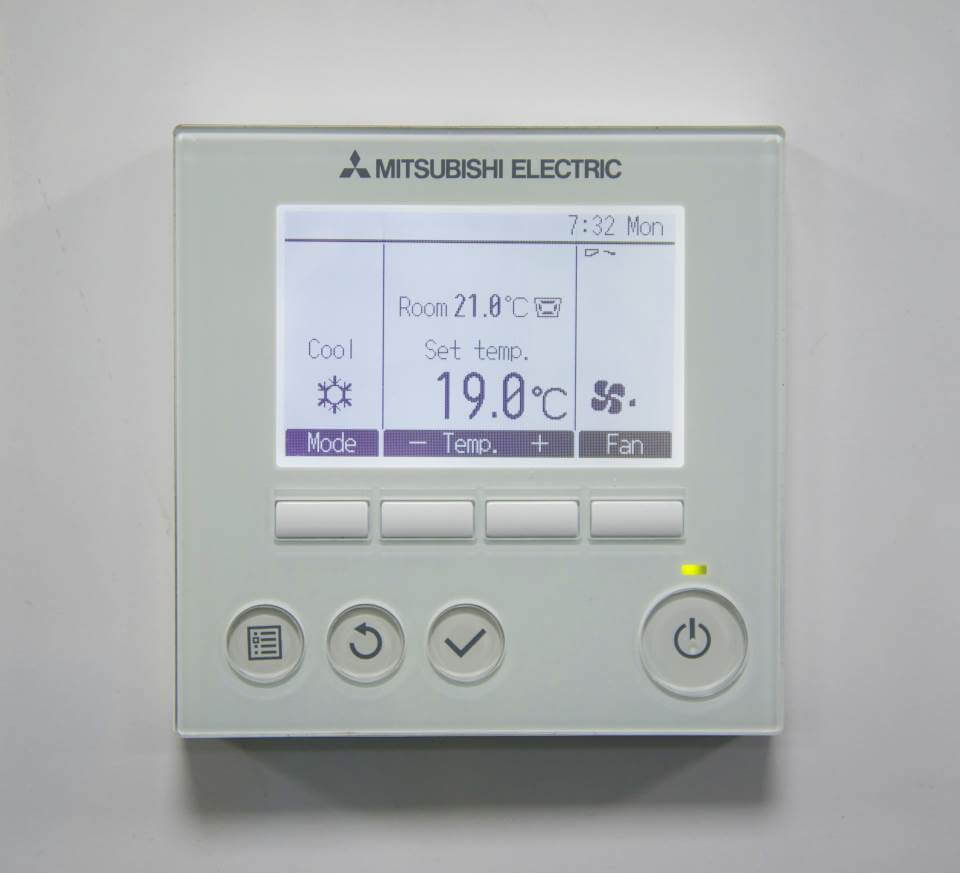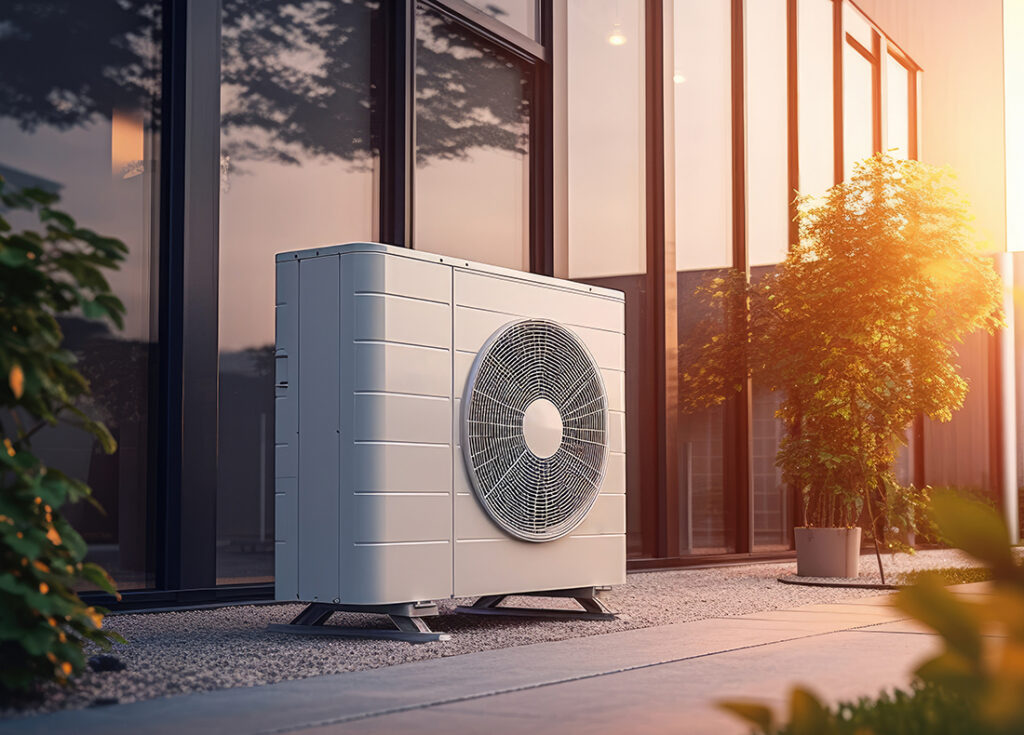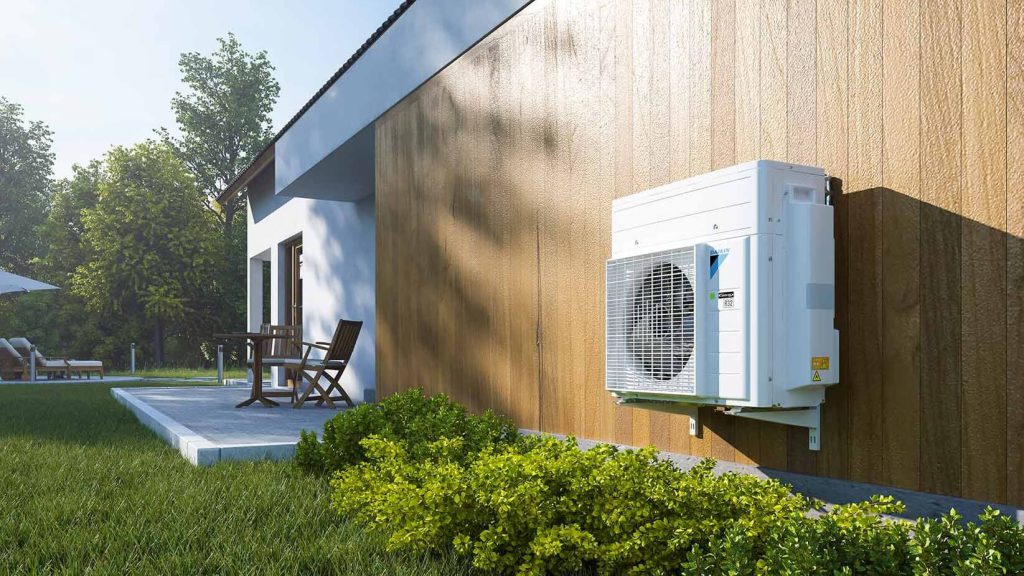UK Homes Experience Poor Indoor Air Quality and Damp Problems

Estimated reading time 11 minutes
In a previous article we looked at employee concerns over workplace air quality. It’s interesting to note that it’s not only employees who are concerned about indoor air quality. A new survey of over 2,000 UK homeowners by builder’s merchant Jewson, found that 55% of those who responded, said they had suffered from poor indoor air quality, condensation, damp and mould issues, in the past year. 44% reported that as a consequence they had experienced health problems including respiratory infections, lack of sleep, difficulty concentrating, low mood and allergies.
Cold and Damp Homes
According to a House of Commons research briefing “housing quality has a significant and material impact on health and wellbeing.” The briefing goes onto say that “Each year, the NHS spends an estimated £1.4 billion annually on treating illnesses associated with living in cold or damp housing. When wider societal costs are considered, such as healthcare, that figure rises to £15.4 billion.”
In 2021-2022 the English Housing Survey found that 935,000 households were living with damp including private renters, local authority renters, people renting from housing associations and owner occupiers. Note: those houses recorded as having a damp problem were only recorded if the surveyor recorded damp significant enough to be taken into account when making the (Housing Health and Safety Rating System) HHSRS assessment. Minor damp issues were not recorded.
In 2022-2023 the English Housing Survey found the numbers of homes with damp rose to 1 million.
Damp and mould statistics from Homebrite, for 2023, found that around 912,000 of homes in England, have some form of damp, mould or excessive cold problem. They also found that the Housing Ombudsman had received a 99.1%-fold increase in damp, mould and water leaks complaints.
The ACR Journal shared research by University College London (UCL) which states that more than a quarter of UK homes are now suffering from damp and mould. Dr Yasemin Aktas, an associate professor in UCL’s Faculty of Engineering Sciences and deputy academic director at the UK Centre for Moisture in Buildings (UKCMB) explains that “many [homes] are not being properly heated – and that 6.5 million homes (approximately 27% of the total) are now affected by damp and mould.”
What Causes Damp and Mould
Damp in a home can be due to several factors including structural and everyday activities. Rising damp, blocked gutters, a damaged roof, leaking pipes, poor insulation and inadequate damp proofing can cause water to enter the home. Moisture can also accumulate in the home from cooking, showering and drying clothes as well as poor ventilation.
Water vapour will form as condensation when it comes into contact with a cold surface such as windows and walls. Condensation forms even more quickly when the indoor temperature is cold. This excess indoor moisture can make a house feel even colder. With the current cost of living crisis and gas and electricity prices being at an all-time high many homes have not had the heating on which then exacerbates the damp issue.
When a property is damp it’s the perfect environment for mould which is a type of fungi which thrives in damp and poorly ventilated environments. It reproduces by producing spores which can circulate in the air, attach themselves to other damp surfaces like walls and ceilings and then start to grow and spread.
According to the World Health Organization (WHO) there is no “safe” or acceptable levels of mould contamination. The WHO go onto say “as the relationships between dampness, microbial exposure and health effects cannot be quantified precisely, no quantitative, health-based guideline values or thresholds can be recommended for acceptable levels of contamination by microorganisms. Instead, it is recommended that dampness and mould-related problems be prevented.”
Damp and Mould Health Issues
The UK government describes the health risks of damp and mould as “primarily affecting the airways and lungs, but they can also affect the eyes and skin. The respiratory effects of damp and mould can cause serious illness and, in the most severe cases, death.” They go onto say that “everyone is vulnerable to the health impacts of damp and mould, but people with certain health conditions, children and older adults are at greater risk of more severe health impacts.”
The NHS website also states that “if you have damp and mould in your home you’re more likely to have respiratory problems, respiratory infections, allergies or asthma. Damp and mould can also affect the immune system. Inhaling or touching mould spores may cause an allergic reaction, such as sneezing, a runny nose, red eyes and skin rash. Moulds can also cause asthma attacks.”
Addressing The Issues Caused By Damp and Mould
The best way to tackle mould indoors is to control indoor moisture through heating and ventilation.
The Building Engineering Services Association (BESA) who have been campaigning to improve indoor air quality have launched the ‘Mould and Damp Prevention in New and Existing Homes’ Guide in collaboration with Mitsubishi Electric.
The guide provides information on the best ways to tackle poor indoor air quality, damp and mould issues and outlines the four steps that need to be taken rid a home of mould. They explain that most people will be to try to clean mould as a way to remove it however cleaning it is only a temporary solution and unless steps are taken to stop it returning which requires tackling the conditions that encourage mould to grow, mould growth will return.
The four steps the ‘Mould and Damp Prevention in New and Existing Homes’ Guide outline are:
Step 1. Tackle any sources of building dampness.
It’s important to identify any issues that maybe causing water to enter the home. This can involve a wide range of issues including rising damp, roof and window leaks, leaky pipes, guttering blockages as well as poor insulation.
Step 2. Ensure good ventilation.
Removing moisture from the air is vital in eliminating mould. By reducing moisture, you remove one of the main conditions that mould needs to grow. The kitchen and bathroom are likely to be high moisture generating areas from cooking, showering and drying clothes. The bedroom is another area that needs to be ventilated. As we sleep, we exhale moisture which can quickly accumulate when bedroom windows and doors are closed.
Step 3. Improve heating.
Removing moisture from the air is important but improving the heating and insulation in a home is also vital in preventing mould as it will reduce cold surfaces which can result in condensation. When warm, damp air touches a cold surface it causes moisture to accumulate. Heating a home warms the walls, windows and other surfaces which in turn reduces the formation of condensation. It’s important to note that homes ventilated through ‘infiltration’ exchange of air between the inside and outside of a building through gaps will leave the home ‘under-ventilated’ if these gaps are blocked. In these cases, additional ventilation must also be considered as part of any changes.
Step 4. Understand the activities that take place in homes and make the necessary adjustments.
While it’s critical to try to reduce moisture in the home its also important to understand that there are activities that take place every day in the home which will naturally lead to increased moisture in the air e.g., cooking food, taking showers or baths, drying clothes in cold weather. Preventing high moisture and the mould that results from it needs to come from a whole home approach that addresses any damp issues along with suitable and efficient heating and ventilation.
There are a number of heating and ventilating solutions available to homeowners. Home air conditioning is an efficient solution to heating and cooling your home, while improving the internal air quality.
Home Air Conditioning Systems
Home air conditioning can provide an energy efficient way of replacing a traditional boiler central heating system, while allowing you to control the temperature within a home. There are a number of options available to homeowners and property developers with energy ratings of A+++. Some of the types of air conditioning units available for home air conditioning installation include:
Single Split AC unit
- For all size properties.
- One indoor air conditioning unit connects to an outdoor unit.
- Heats and cools a single room.
- Unit type: wall mounted, ceiling cassette or ducted.
- App and voice control options available.
- Additional outdoor units can be added for extra rooms and simultaneous heating and cooling.
- Up to 10-year warranty.
Multi Split AC unit
- For all size properties.
- Up to five indoor air conditioning units connect to one outdoor unit.
- Heat or cool with advanced climate control.
- Auto.
- Unit type: wall mounted, ceiling cassette or ducted.
- App and voice control options available.
- Additional outdoor units can be added for extra rooms and simultaneous heating and cooling.
- Up to 10-year warranty.
VRF Air Conditioning
- Ideal for large properties.
- Multiple indoor air conditioning units connect to one outdoor unit.
- Heat and cool multiple rooms simultaneously.
- Unit type: wall mounted, ceiling cassette or ducted.
- App and voice control options available.
- Heat recovery options available for improved efficiency.
- 7-year warranty.
Home Air Source Heat Pumps
Air source heat pumps are another way of cooling and heating your home. There are installation incentives too. There are several types of air conditioning units:
Wall Mounted Air Conditioning Unit
Wall mounted units come in slim and compact options and are available in a variety of colours and patterns to suit your interior décor.
Ceiling Cassette Air Conditioning Unit
Cassette air conditioning units fit within the ceiling, but you will need sufficient space in the ceiling void to accommodate the unit and pipework.
Floor Wall Mounted Air Conditioning Unit
Floor wall mounted units can be fitted at a similar level to a traditional radiator, making them ideal for conservatory applications.
Vented Air Conditioning Unit
Vented air conditioning units are hidden within the walls or ceilings of a room; therefore, they are best suited to a larger renovation project or new build.
Home air conditioning is an efficient solution to heating and cooling your home, while improving the internal air quality. Whether it be conventional air conditioning or an air source heat pump installation, temperatures can be easily controlled either as a whole building, or on a room by room basis.
One of the questions we’re asked is will a heat pump be suitable for my home?
Heat Pump Suitability
The Electrification of Heat Demonstration project, funded by the UK Government Department for Business, Energy and Industrial Strategy (BEIS) and part of the government’s Energy Innovation Programme was setup to understand how feasible a large-scale rollout of heat pumps would be and whether a heat pump could only be installed in certain homes that meet certain criteria.
The project recruited homeowners who would be willing to replace their current heating system with a heat pump and installed 750 heat pumps across a representative range of housing types including pre-WWII semis, 1960s block of flats and Victorian mid-terraces, the majority of which were on the gas grid and then to monitor the installations. According to the EoH project “All housing types are suitable for heat pumps.”
Expert Home Air Conditioning and Heat Pump Advice and Support
Synecore is a home air conditioning and heat pump installer in Kent, London, Surrey, Sussex, Essex. We provide installation of high-quality products from leading manufacturers.
We offer the best solutions for your home air conditioning installation. There are many affordable options available to homeowners with energy ratings of A+++, helping you keep your energy bills down, while having a positive impact on the environment. We can design and install air conditioning throughout your entire property, or we can focus on individual zones. Either way, we’ll find the right application for you.
Our customers also benefit from our 7 year warranty when they sign up to our cost-effective air conditioning maintenance plan that offers complete peace of mind.
Synecore’s air conditioning experts will complete a survey of your home to determine the current space and discuss your specific needs. To book a free home air conditioning installation survey, please speak to our team on 01795 509 509 or via our contact form.



